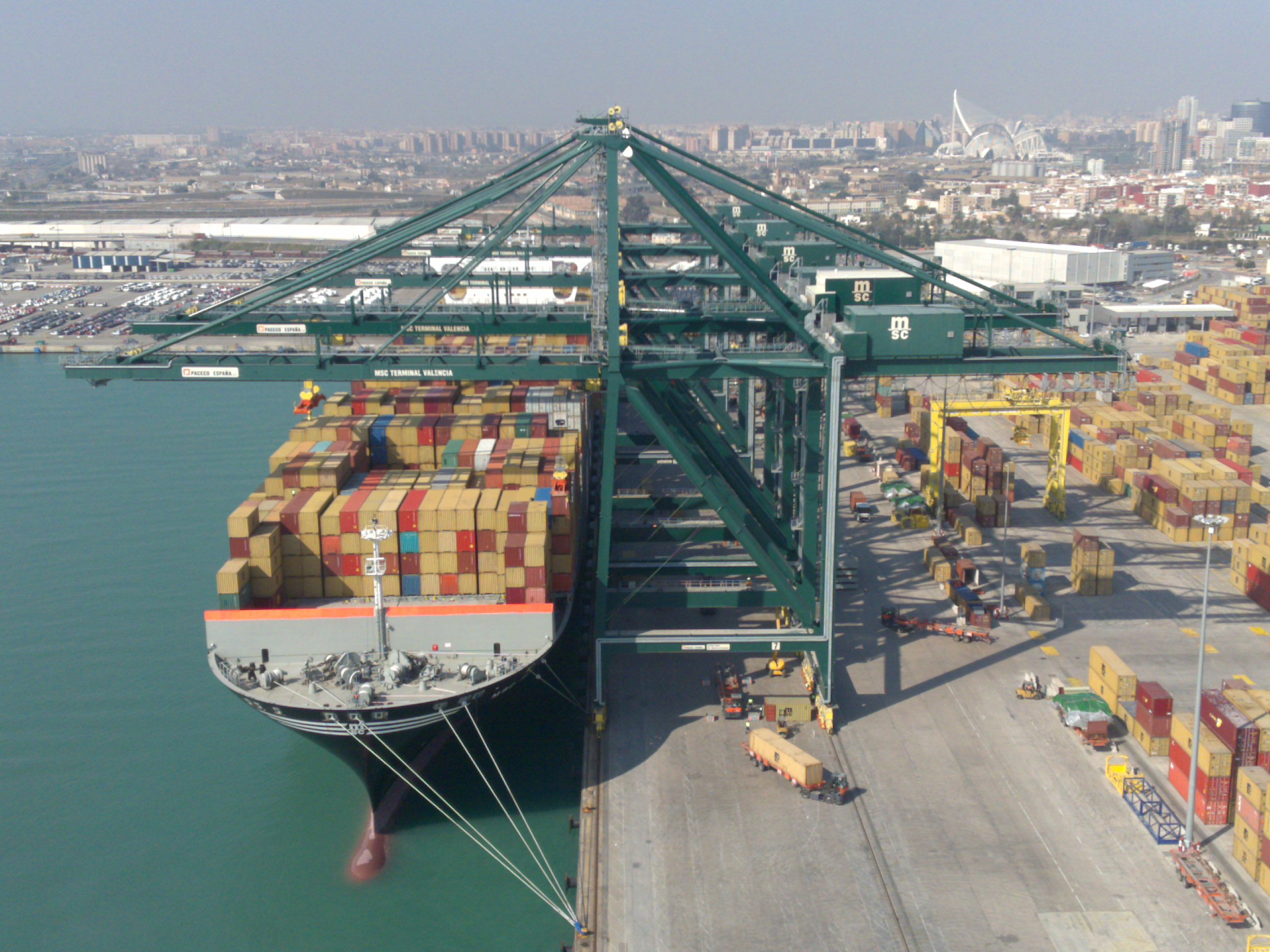The EU-funded ODYSSEA project participated in the Regional Marine Pollution Emergency Response Centre for the Mediterranean Sea (REMPEC) international webinar on implementing the International Convention for the Control and Management of Ships’ Ballast Water and Sediments in the Mediterranean region, held on 23 September 2020.
ODYSSEA management team member , Raanan Boral, called the ODYSSEA project “a powerful tool” capable of contributing significantly towards implementing the ballast water management (BWM) convention. Another participant called ODYSSEA’s potential contribution to managing ballast water “priceless”.
The BMW convention seeks to address negative environmental effects caused by ships transporting water from place to place that they use for stability and momentum. Water that the ships take on in one place at sea contains various species of plants and animals, all well as bacteria and viruses, which can then constitute a hazard when discharged elsewhere. The Mediterranean Sea is one of the busiest maritime transport thoroughfares in the world, with marine traffic expected to continue growing in intensity in the years to come.

As a high-resolution marine information system combining abiotic and biological datasets, ODYSSEA can aid the in the implementation of the ballast water convention by working together with port authorities and shipping companies active in the Mediterranean to meet the convention’s requirements, said ODYSSEA coordinator Georgios Sylaios of Democritus University of Thrace.
“More specifically, firstly [ODYSSEA can] develop customised operational high-resolution water quality and ballast water dispersion models for specific ports. So, when ballast water is being released, we can see, and we can forecast where it will go. Secondly, [ODYSSEA is able] to develop tools for alien invasive species’ early detection and control. Thirdly, [ODYSSEA is able] to employ artificial intelligence and machine learning tools to distinguish between natural alien invasive species and ballast-related alien invasive species. Fourthly, [ODYSSEA is able] to utilise existing datasets to produce risk assessment tools following the HELCOM/OSPAR algorithm and experience, and to assess the risk associated with the discharge of ballast water by a ship at a specific port,” Sylaios explained.
The “roadmap” proposed by ODYSSEA for stakeholders towards compliance with the BWM convention involves a series of several steps, Sylaios. After the relevant data is collected by the ports, it is transferred to the ODYSSEA platform to be merged with oceanographic, environmental and water quality data, before being analysed by ODYSSEA experts. ODYSSEA will then cluster the ports according to their physicochemical and ecological characteristics and run models and apply algorithms and tools to produce risk assessments and reports on ships and other vessels. Based on the risk assessments and reports, the relevant maritime administrations will then decide whether to produce an exemption certificate to a specific vessel, or not to.
The International Maritime Organisation (IMO), which was an active partner in holding the webinar, administers REMPEC in cooperation with the Mediterranean Action Plan of the United Nations Environment Programme (UNEP/MAP).

